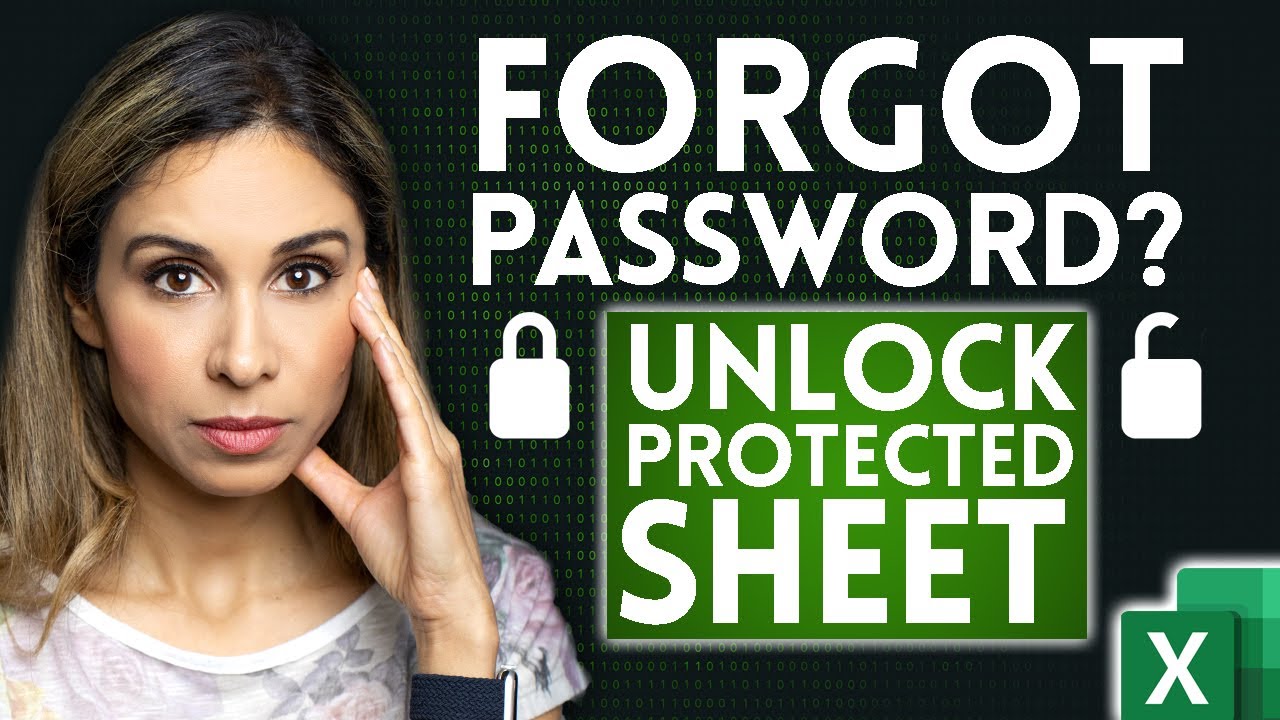Unlock Excel's Secret: Protecting Your Formulas Easily

Excel is not just a powerhouse for data manipulation and analysis; it's also crucial for maintaining the integrity of your data calculations with formula protection. Whether you're an analyst crunching numbers for finance, a marketer tracking campaign metrics, or a student working on a complex project, understanding how to protect your formulas can save time, prevent errors, and ensure the accuracy of your spreadsheets. In this comprehensive guide, we'll explore Excel's features to safeguard your formulas from accidental or unauthorized changes, enhancing your work's security and efficiency.
The Importance of Formula Protection in Excel

Formulas are at the heart of Excel’s functionality, turning static data into dynamic information. Protecting these formulas is essential for several reasons:
- Data Integrity: Formulas that drive key metrics or KPIs should remain unchanged to maintain the integrity of the results.
- Prevent Accidental Changes: Mistaken edits can lead to inaccurate data, affecting decisions and outcomes.
- Security: Sometimes, you want to share your spreadsheet without revealing proprietary calculation methods.
- Collaboration: When multiple users edit a document, formula protection helps manage edits efficiently.
Steps to Protect Formulas in Excel

Let’s dive into the process of protecting your formulas in Excel:
1. Locking Cells with Formulas

By default, all cells in Excel are locked, but this doesn’t take effect until you protect the worksheet. Here’s how to lock cells containing formulas:
- Select the range of cells containing formulas you wish to protect.
- Right-click on the selection, choose “Format Cells,” and go to the “Protection” tab.
- Ensure that “Locked” is checked, then click “OK.”
2. Protecting the Worksheet

Now, to activate the lock:
- Go to the “Review” tab on the ribbon.
- Click “Protect Sheet.”
- In the dialog box, you can set a password for additional security.
- Select what users can or cannot do, ensuring that “Select locked cells” and “Select unlocked cells” are checked if you want users to still interact with the unlocked cells.
- Click “OK” to apply protection.
3. Hiding Formulas

To prevent others from seeing the formulas themselves:
- Select the cells with formulas.
- Right-click and choose “Format Cells.”
- Under the “Protection” tab, ensure “Locked” is checked and also check “Hidden.”
- After protecting the sheet as described above, the formulas will not be visible when cells are selected.
4. Protecting Workbook Structure

You might also want to protect the workbook’s structure to prevent users from inserting, deleting, renaming, or reordering sheets:
- Go to “Review” > “Protect Workbook.”
- Choose whether to set a password.
- Select the options to control user actions on the workbook structure.
- Click “OK.”
5. Data Validation and Input Control

While not directly related to formula protection, data validation helps maintain data integrity:
- Select the cells where you want to control input.
- From the “Data” tab, choose “Data Validation.”
- Set rules for data entry, like list restrictions, number ranges, or custom formulas to ensure only valid data can be entered.
Final Considerations for Formula Protection

🛠️ Note: Always ensure you have a backup of your unprotected workbook before making changes, as protection features can sometimes lock you out from your own data.
After you've followed these steps, you've successfully safeguarded your Excel spreadsheets by protecting your formulas. This process ensures that your calculations remain intact, preventing accidental or unauthorized alterations. Remember, while protecting your formulas, you are also maintaining the integrity of your data analysis and decision-making processes. Excel offers a robust set of tools for this purpose, from simple cell locking to more complex options like data validation and workbook structure protection.
Why is it important to protect formulas in Excel?

+
Protecting formulas is crucial for preserving data integrity, preventing accidental changes, ensuring security, and managing collaboration in multi-user environments.
Can I still edit the protected cells?

+
Yes, you can edit protected cells if you know the password or if you are the one who applied the protection. However, other users will not be able to change these cells without the password.
What happens if I forget the password to protect my sheet or workbook?

+
If you forget the password, you might lose access to make changes in your workbook. It’s always good practice to keep a backup of your unprotected workbook for such scenarios.
Can I protect cells with formulas but leave others open for editing?

+
Absolutely! You can lock cells containing formulas and leave others unlocked. When you protect the sheet, set permissions so users can edit unlocked cells while the formulas remain secure.



